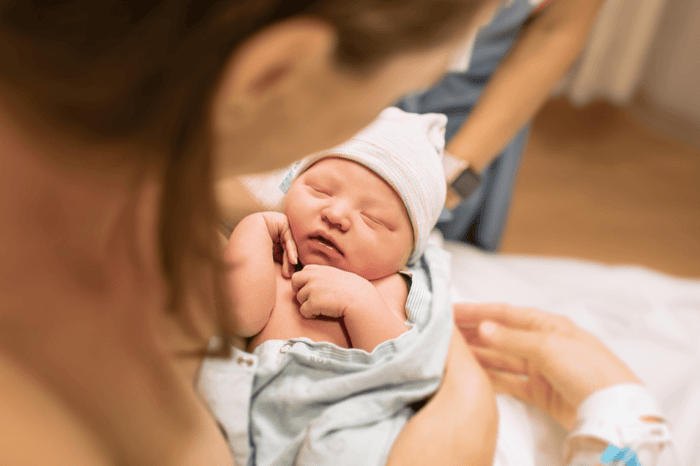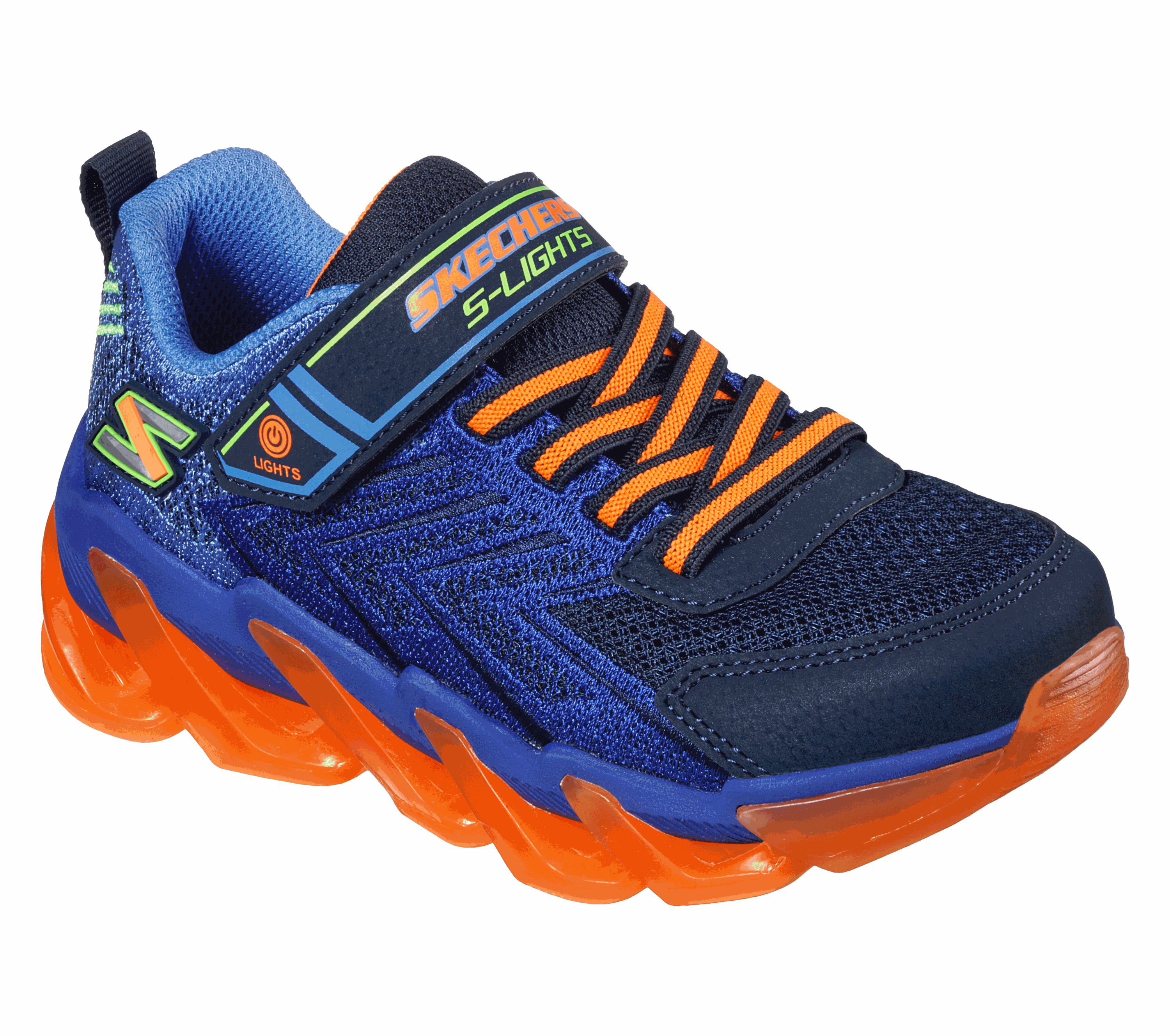Are you already struggling to put those lovely newborns on your little angel? Don’t worry, you’re not alone! Most parents are amazed by how quickly their children grow out of these clothes.
However, just how long will newborn clothes fit your baby? Let’s try to find a way through this pint-sized maze and get closer to the truth behind baby growth spurts!
The Enigma of Newborn Size
With respect to newborn clothing, no easy answer exists. Some infants never even fit into newborn sizes, while others can wear them for many weeks or even months. This is dependent on the birth weight, length, and growth velocity of your child.
Dr. Emily Chen, a pediatrician with over 15 years of experience, observes that “newborn sizes generally fit babies up to 8-9 pounds and 21.5 inches long. However, all babies are unique with significant variation in their growth rates.”
Usually, within one or two months, most babies have outgrown their newborn-size garments; however, there is no need for any surprise if your child doesn’t correspond with this average.
Factors Affecting Duration of Being Able to Fit in Newborn Clothes
Many factors determine how long your baby may continue dressing in clothes meant for the newly delivered:
Birth Weight and Length: Bigger babies may not even wear baby suits meant for the newly delivered but smaller ones will last at least several weeks in them.
Rate of Growth: Some infants put on weight rapidly during the first few weeks, while others do so at a slower rate.
Body Shape: They come in different shapes just like adults; for example leaner, longer baby may be comfortably dressed in such outfits than an equally weighted chubby one.
Brand Variations: Different brands size their outfits differently; what fits under “newborn” from one brand would be “0-3months” from another company.
Science Behind Baby Growth Patterns
Comprehending the science governing infant growth may enable you to better predict their clothing requirements. “Infant growth isn’t linear,” reveals Dr. Marcus Lee, a pediatric endocrinologist. “Babies go through periods of fast growth separated by slower phases.”
These spurt periods typically appear around 7-10 days, between 3-6 weeks, and at about 3-4 months of age, when your baby's clothes might not last longer than before.
Interestingly, research has shown that there are slightly different growth patterns for breastfed babies compared to formula-fed ones. As any new mother knows, breastfed babies tend to gain weight more quickly in the first few months and then calm down a bit, while formula-fed infants gain weight steadily over the entire first year.
Also, genetics plays a major role in determining how fast your child grows. If you were large babies and so was your partner then chances are high that your newborn will also be big. Similarly, if you have small family members, it might take some time before the newborn can finally wear other sizes.
It should be noted here that preterm infants often have different patterns of growth compared to full-term babies; they usually stay in newborn sizing for much longer while catching up on their normal growth rates.
According to Dr. Lee,
"In many instances where premature children are concerned, it is more appropriate to use the adjusted age when considering both their development and clothing sizes.”
Understanding these patterns of growth will help you make educated choices about when and what size clothes should be purchased for them; this could also explain why one night your baby wears out an outfit but stays too long in others for weeks ago.
Your Baby is Growing Out of Newborn Clothes
How can you tell when it’s time to size up? Look out for these clue signs:
- Snap buttons or snaps appear tight or do not fasten well.
- The suit leaves marks on your baby's skin, especially on the legs, arms, and tummy.
- Your baby looks uncomfortable or cranky in clothes that fit them well before.
- Sleeves or pant legs are too short, leaving wrists and ankles exposed.
- Diapers showing through the tops of pants or below onesies.
At a glance, you might know that it’s time to upgrade to the next size if you notice any of the above signs.
The Big Dilemma of Clothing Sizes
Newborn clothes sizes are quite puzzling. Some brands have “Preemie” sizes for very small babies while others jump from “Newborn” to “0-3 months.” So what do these sizes really mean?
Dr Chen helpfully explains,
“Normally, newborn sizes are for babies up to 8-9 pounds, 0-3 months for 8-12 pounds and 3-6 months for 12-16 pounds. But remember these are just guidelines; always prioritize your baby’s comfort over the size on the label.”
The Unbelievable Growth of Newborns
In their first three months of life, infants grow so quickly that it is just amazing! On average, they gain around five to seven ounces per week and increase in length by about one to one and a half inches every month within this period.
Your child may wear some outfits only once or twice before outgrowing them because of this kind of growth spurt. It is quite bittersweet – those adorable tiny clothes don’t stay filled for long!
Practical Tips for Managing Newborn Clothing
How can you make the most of your baby's wardrobe, considering its short lifespan? Here are some useful hints:
Don’t Purchase Too Much: Resist buying more than you need despite how tempting those little outfits might be. Most babies will only require a few key pieces.
Think Ahead: Consider purchasing a blend of newborn and 0-3 month sizes so that regardless of how fast your baby grows, you’re prepared.
Select Multi-Purpose Clothes: Choose clothes that can be easily combined with other items. More outfits can be created from fewer pieces when this happens.
Consider The Season: If your infant arrives in summer, there may not be much need for long-sleeved newborn clothes.
Keep The Tags On Until you’re certain that they will fit, leave the tags on unworn items. This way, you can return them if necessary.
The Monetary Impact of Rapid Growth
The speed at which babies outgrow their clothes can put a strain on new parents’ budgets. It’s not uncommon for babies to wear an outfit only once or twice before it no longer fits.
Here are some approaches to deal with this:
- Accept hand-me-downs from friends or family with slightly older children.
- Check out secondhand stores or online marketplaces for gently used baby clothes.
- Try clothing rental services that let you trade sizes as your baby grows.
- Put money into a few high-quality, adjustable pieces that will see your child through more than one growth spurt.
The Emotional Side of Outgrowing Newborn Clothes
However, the emotional toll of rapid growth should not be underestimated when managing your baby’s wardrobe in practical terms. There is a sense of loss among many parents upon packing away newborn clothes that have become too small for their infants.
Dr Sarah Thompson addresses this issue from her perspective as a child psychologist:
“Feeling sad about your child outgrowing his/her first outfits is completely normal. These feelings often stem from the recognition that time goes by so fast; just take a moment to acknowledge them.”
You might also have a keepsake made from one of your favorite newborn outfits, like a memory quilt or stuffed animal, to preserve this fleeting stage in your baby’s life.
Flexible Sizing: A Vital Argument
Some brands are choosing to provide for variable duration infants that could fit in newborn clothes by offering more flexible sizing options. "Newborn to 3 months" marked clothes and those with fold-over mittens, expandable waistbands, or any other adjustable elements in them should be chosen.
These dynamic designs will help your child wear the same clothes for a longer time, which would result in lower costs of buying new wardrobes frequently.
Baby Clothing as Seen by Different Cultures
Surprisingly, people have different views regarding baby clothes based on the country of residence. Some people believe that it is wrong to buy a baby's clothing prior to their birth, while others perceive having a full closet as vital before birth.
The Quick-Growing Baby’s Effect on Environment.
Sustainability questions are at play amidst the rapid turnover of baby clothes. It is worth contemplating the environmental impact of continually buying new clothing for babies that outgrow newborn sizes so quickly.
Some eco-minded parents have turned to sustainable options for baby clothing, including clothes made from organic fabric, recycled materials, or brands that take back outgrown items.
Wrap Up
Through newborn outfits, you will just pass. While it can be difficult to keep up with your baby's growth spurts, it is also an indication that he/she is healthy and developing well.
Remember, all babies differ. Some will spend only a few days in newborn size, while others will need a couple of months. What counts most, though, is not what size is written on the label but how comfortable your child feels when clothed.
In this exciting time, Jenni Kidz has got you covered as far as flexible quality wear that can be used from birth to toddlerhood is concerned. Our revolutionary designs are available in different sizes, ensuring maximum comfort during each growing phase of your little one's life.








































